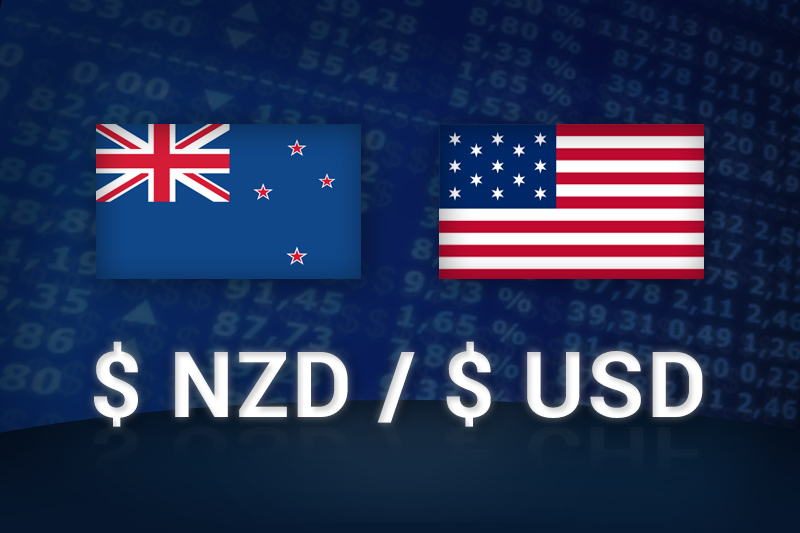Investing.com - The New Zealand dollar was higher against its U.S. counterpart on Tuesday, as demand for the greenback remained under pressure ahead of Federal Reserve Chairman Ben Bernanke's testimony to Congress on Wednesday.
NZD/USD hit 0.7845 during late Asian trade, the pair's highest since July 12; the pair subsequently consolidated at 0.7832, rising 0.32%.
The pair was likely to find support at 0.7754, the low of July 12 and resistance at 0.7960, the high of July 10.
The greenback remained under pressure as investors eyed Bernanke's testimony on monetary policy amid speculation over the timing of a possible reduction to the bank’s USD85 billion-a-month bond buying program.
The U.S. dollar fell sharply last week after Bernanke said the U.S. economy still needed monetary stimulus.
In New Zealand, official data showed that consumer price inflation rose 0.2% in the second quarter, less than the expected 0.3% gain, after a 0.4% increase the previous month.
The kiwi was lower against the Australian dollar with AUD/NZD advancing 0.63%, to hit 1.1732.
Also Tuesday, the minutes of the Reserve Bank of Australia's latest policy meeting showed that policymakers believe the current stance of the bank's policy to be appropriate, sending the Aussie broadly higher.
The RBA also said the inflation outlook was “slightly higher” due to the Aussie’s recent drop.
Later in the day, the U.S. was to release official data on consumer price inflation and a report on industrial production.
NZD/USD hit 0.7845 during late Asian trade, the pair's highest since July 12; the pair subsequently consolidated at 0.7832, rising 0.32%.
The pair was likely to find support at 0.7754, the low of July 12 and resistance at 0.7960, the high of July 10.
The greenback remained under pressure as investors eyed Bernanke's testimony on monetary policy amid speculation over the timing of a possible reduction to the bank’s USD85 billion-a-month bond buying program.
The U.S. dollar fell sharply last week after Bernanke said the U.S. economy still needed monetary stimulus.
In New Zealand, official data showed that consumer price inflation rose 0.2% in the second quarter, less than the expected 0.3% gain, after a 0.4% increase the previous month.
The kiwi was lower against the Australian dollar with AUD/NZD advancing 0.63%, to hit 1.1732.
Also Tuesday, the minutes of the Reserve Bank of Australia's latest policy meeting showed that policymakers believe the current stance of the bank's policy to be appropriate, sending the Aussie broadly higher.
The RBA also said the inflation outlook was “slightly higher” due to the Aussie’s recent drop.
Later in the day, the U.S. was to release official data on consumer price inflation and a report on industrial production.
